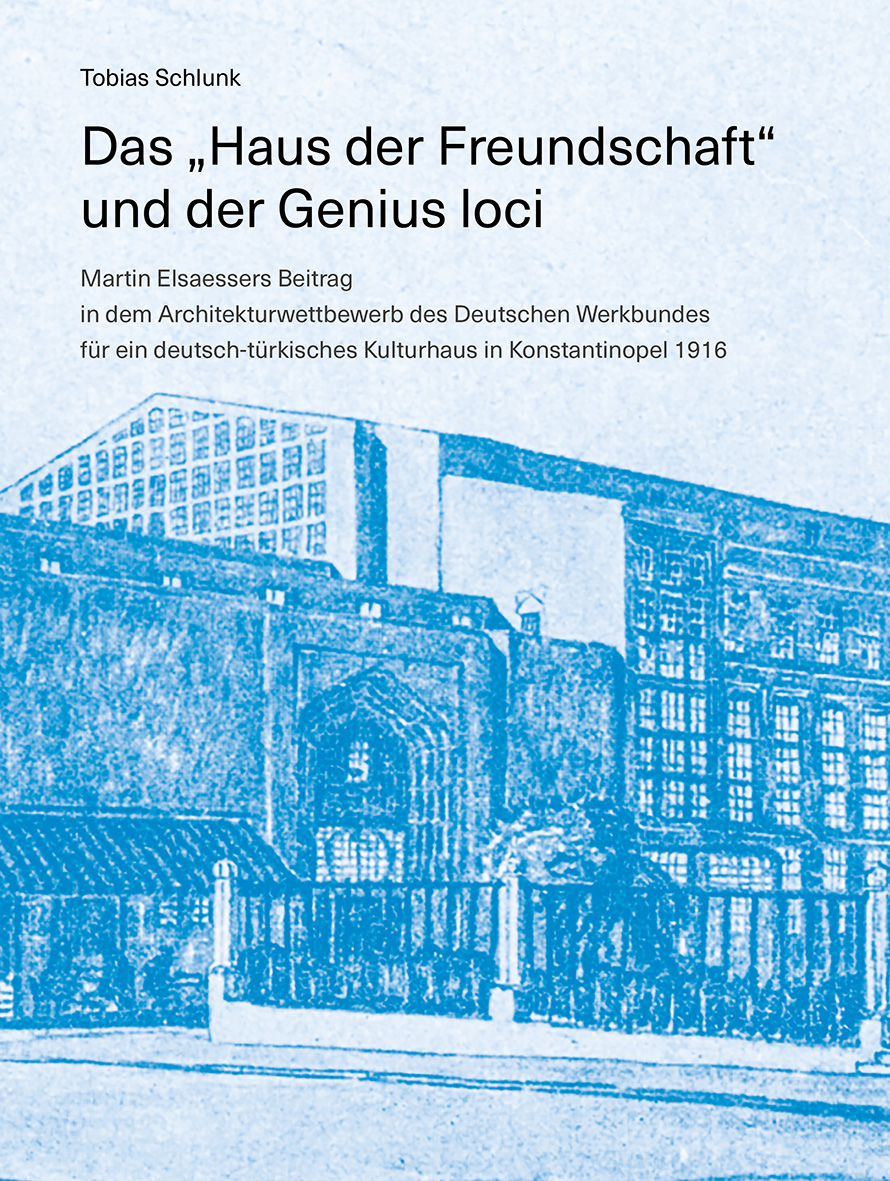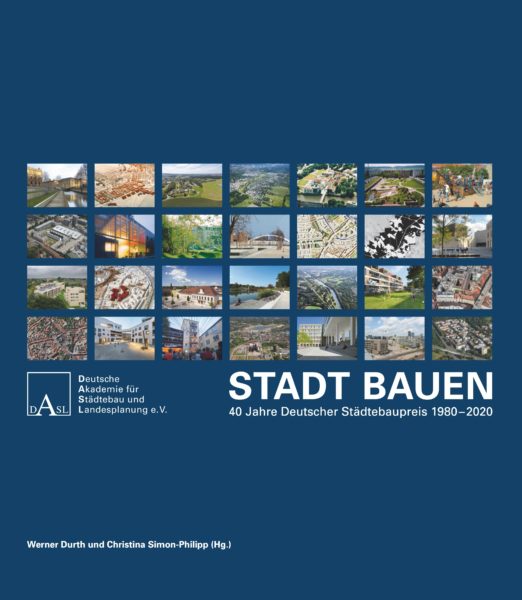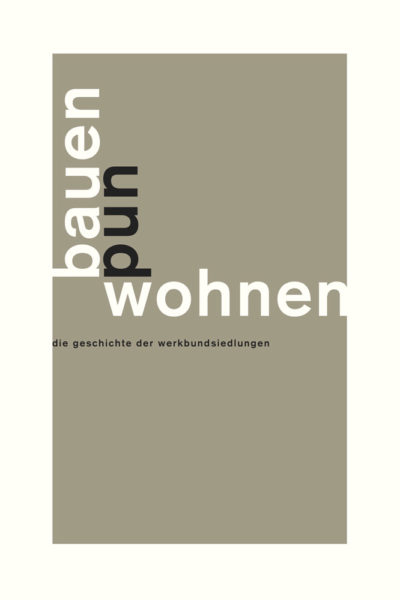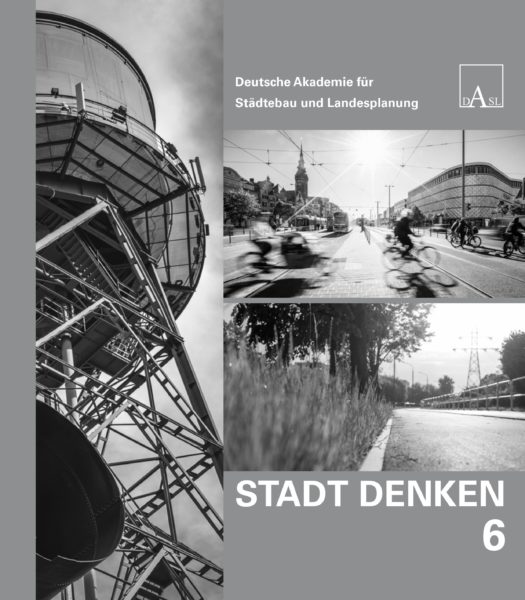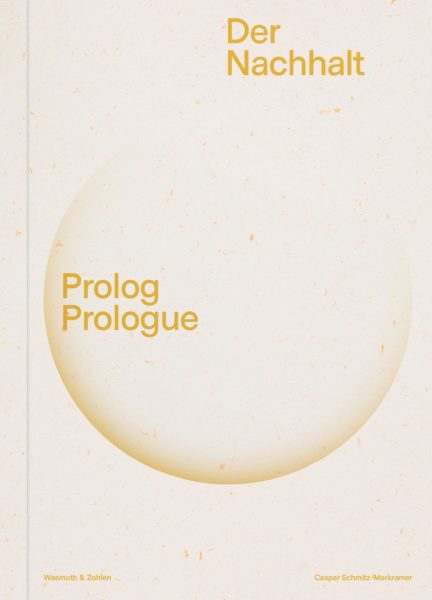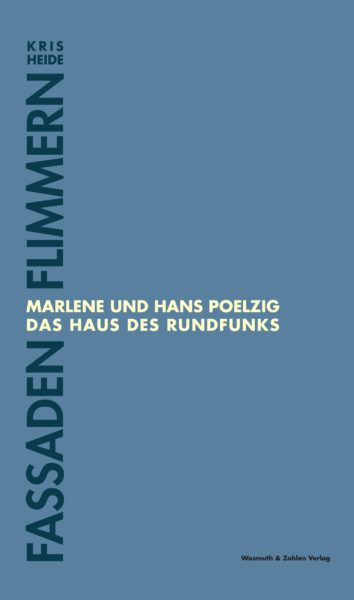Das „Haus der Freundschaft“ und der Genius loci
Martin Elsaessers Beitrag in dem Architekturwettbewerb des Deutschen Werkbundes für ein deutsch-türkisches Kulturhaus in Konstantinopel 1916
The publication describes and analyzes the design method of architect Martin Elsaesser (1884-1957) in the competition for a "House of Friendship" - "Dostluk Yurdu" in Constantinople (Istanbul) in 1916, which was initiated by the "German-Turkish Association" and carried out by the German Werkbund.
- Author: Tobias Schlunk
- ISBN: 978 3 8030 0819 0
- Size: 21 x 28 cm, brochure
- Edition: 1st edition, original edition
32,00 €
incl. 7% VAT
zzgl. Versandkosten
-
The friendly relations and military alliance between the Ottoman and German Empires were once to be symbolically expressed in a monumental building in the center of the capital of the Ottoman Empire. In the form of a multifunctional building as a meeting place in the immediate vicinity of the Ottoman splendorous buildings, mosques and everyday buildings, this was to lend special splendor to the oriental-occidental encounter in the Turkish part of Constantinople. A special feature of the competition was the possible inclusion of Ottoman or Oriental architectural forms. The designs of Peter Behrens, German Bestelmeyer, Paul Bonatz, Hugo Eberhardt, August Endell, Martin Elsaesser, Theodor Fischer, Bruno Paul, Hans Poelzig, Richard Riemerschmid and Bruno Taut were documented and commented on by Theodor Heuss in a publication published by the Deutscher Werkbund and the German-Turkish Association, and have had an impact on architectural history. However, partly due to the course of the First World War, German Bestelmeyer’s design, whose foundation stone was laid on April 27, 1917, could not be completed and the project fell into oblivion.
Martin Elsaesser’s design is analyzed in this book by Tobias Schlunk particularly with regard to its specific response to the “genius loci”, the distant building site, as well as in direct comparison to those of the other competition participants. Counting among the architect’s early works, it represents the second high point in his career, shortly after the construction of the “Stuttgart Market Hall,” which is also discussed in more detail here as a precursor. Finally, the design for Istanbul is contrasted with Elsaesser’s later buildings and projects for Turkey from 1934-1938, which were under different political conditions – including the Sumerbank administration building in Ankara (1934-1938) in the style of New Objectivity.
Read in:
Deutsch -
Weight 0.781 kg Author Tobias Schlunk ISBN 978 3 8030 0819 0 Size 21 x 28 cm, brochure Number of pages 136 pages Illustrations 110 illustrations Languages German Edition 1st edition, original edition Release November 2018

